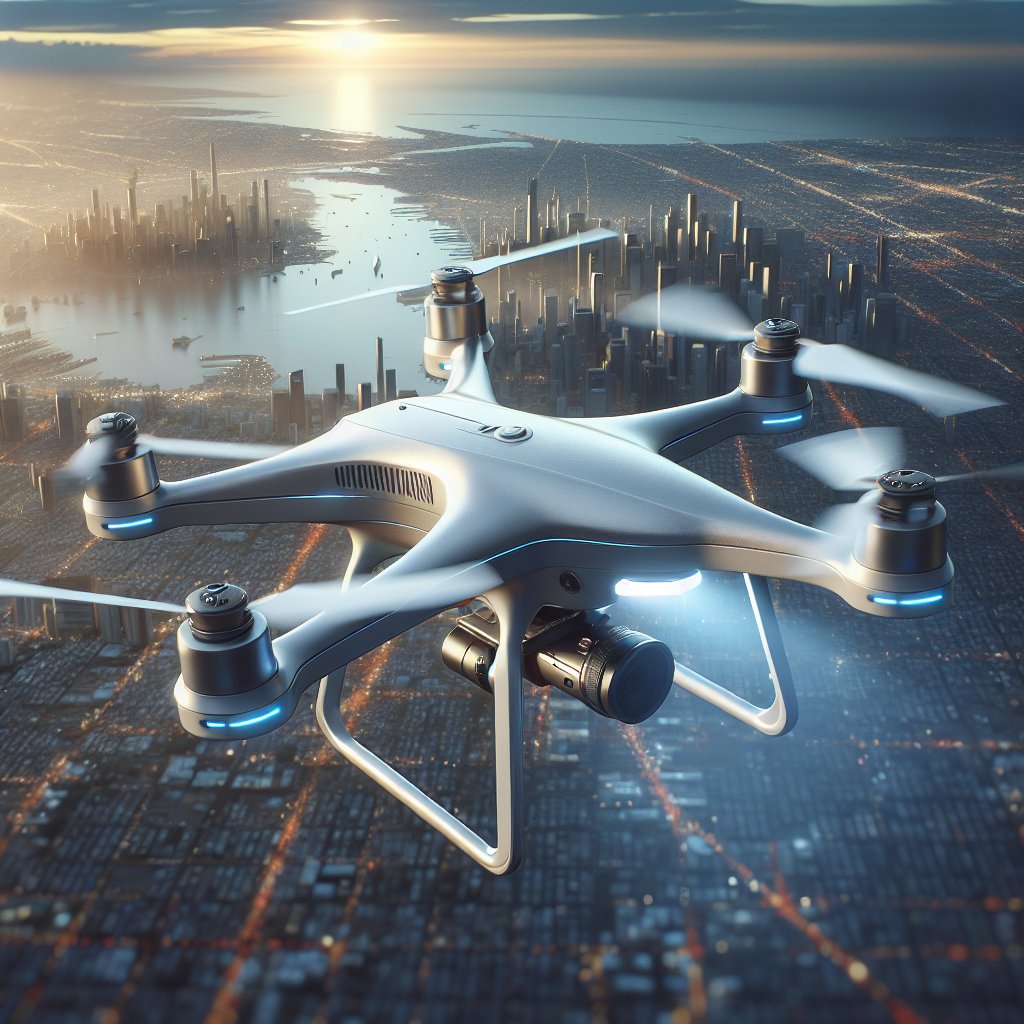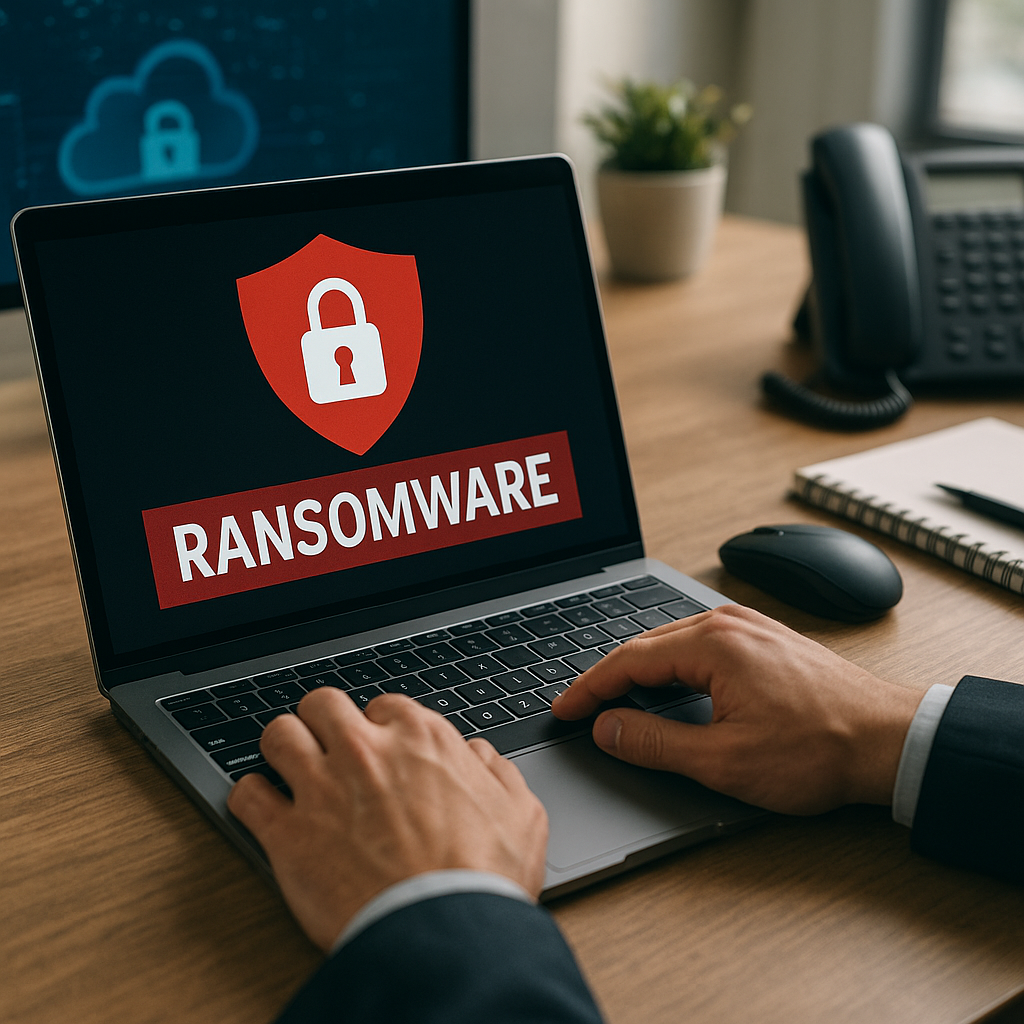The role of drones in modern security systems has become increasingly significant as technology advances and the need for enhanced surveillance and response capabilities grows. Drones, or unmanned aerial vehicles (UAVs), are now integral to various security applications, ranging from law enforcement to private security and military operations. This article explores the multifaceted roles that drones play in contemporary security systems, examining their benefits, challenges, and future potential.
1. The Evolution of Drone Technology in Security
Over the past two decades, drone technology has evolved dramatically, transitioning from military applications to a wide array of civilian uses, including security. Initially developed for reconnaissance and combat, drones have now found their place in urban environments, providing real-time data and enhancing situational awareness.
1.1 Historical Context
The use of drones in military operations dates back to World War I, but it was not until the late 20th century that they began to be utilized for surveillance purposes. The introduction of advanced sensors, GPS technology, and high-definition cameras has transformed drones into powerful tools for security. Today, both government agencies and private companies leverage drone technology to monitor large areas, respond to incidents, and gather intelligence.
1.2 Technological Advancements
Modern drones are equipped with sophisticated technologies that enhance their effectiveness in security applications. Key advancements include:
- High-resolution cameras: Drones can capture detailed images and videos, allowing for effective monitoring and assessment of situations from the air.
- Thermal imaging: This technology enables drones to detect heat signatures, making them invaluable for search and rescue operations, as well as for identifying intruders in low-visibility conditions.
- Autonomous flight capabilities: Many drones can be programmed to follow specific flight paths, allowing for automated surveillance without the need for constant human control.
- Real-time data transmission: Drones can relay information back to security personnel in real-time, facilitating quicker decision-making and response times.
2. Applications of Drones in Security Systems
Drones are employed in various sectors to enhance security measures. Their versatility allows them to be used in numerous applications, each tailored to meet specific security needs.
2.1 Law Enforcement
Law enforcement agencies have increasingly adopted drones for various purposes, including:
- Surveillance: Drones provide an aerial perspective that can be crucial for monitoring large crowds during events or tracking suspects in real-time.
- Crime scene investigation: Drones can quickly survey crime scenes, providing valuable aerial footage that can aid in investigations and evidence collection.
- Search and rescue operations: In emergency situations, drones can cover vast areas quickly, helping locate missing persons or assess disaster-stricken regions.
2.2 Private Security
Private security firms are also leveraging drone technology to enhance their services. Applications include:
- Property surveillance: Drones can patrol large estates or commercial properties, providing a cost-effective solution for monitoring security perimeters.
- Event security: Drones can be deployed at large events to monitor crowds and detect potential threats, ensuring a safer environment for attendees.
- Asset protection: Drones can be used to monitor valuable assets, such as construction sites or warehouses, deterring theft and vandalism.
2.3 Military and Defense
In military contexts, drones play a critical role in enhancing security and operational effectiveness. Their applications include:
- Reconnaissance missions: Drones can gather intelligence on enemy positions without putting personnel at risk.
- Target acquisition: Drones equipped with advanced sensors can identify and track targets, providing valuable information for military operations.
- Logistics support: Drones can deliver supplies to remote or dangerous locations, ensuring that troops have the resources they need without exposing them to unnecessary risk.
3. Benefits of Using Drones in Security Systems
The integration of drones into security systems offers numerous advantages that enhance overall effectiveness and efficiency.
3.1 Cost-Effectiveness
One of the most significant benefits of using drones in security is their cost-effectiveness. Traditional security measures, such as manned patrols or fixed surveillance systems, can be expensive to implement and maintain. Drones, on the other hand, can cover large areas at a fraction of the cost, reducing the need for extensive manpower and resources.
3.2 Enhanced Situational Awareness
Drones provide a unique vantage point that enhances situational awareness for security personnel. The ability to monitor events from the air allows for a better understanding of the environment, enabling quicker and more informed decision-making. This is particularly valuable in dynamic situations, such as crowd control or emergency response.
3.3 Rapid Response Capabilities
In security scenarios, time is often of the essence. Drones can be deployed quickly to assess situations and provide real-time data to responders. This rapid response capability can be crucial in preventing incidents from escalating and ensuring the safety of individuals involved.
4. Challenges and Concerns
Despite the many benefits of drones in security systems, there are also challenges and concerns that must be addressed to ensure their effective and responsible use.
4.1 Privacy Issues
The use of drones for surveillance raises significant privacy concerns. The ability to monitor individuals without their consent can lead to violations of privacy rights and public backlash. It is essential for security agencies to establish clear guidelines and regulations governing drone use to protect citizens’ privacy.
4.2 Regulatory Challenges
The regulatory landscape for drone operations is still evolving. Many countries have implemented strict regulations governing drone use, particularly in urban areas. Security agencies must navigate these regulations to ensure compliance while effectively utilizing drones for their operations.
4.3 Technical Limitations
While drone technology has advanced significantly, there are still technical limitations that can impact their effectiveness. Issues such as battery life, range, and susceptibility to weather conditions can affect drone performance. Security agencies must consider these limitations when integrating drones into their operations.
5. The Future of Drones in Security Systems
The future of drones in security systems looks promising, with ongoing advancements in technology and increasing acceptance of their use. As drone capabilities continue to evolve, we can expect to see even more innovative applications in the security sector.
5.1 Integration with AI and Machine Learning
One of the most exciting developments on the horizon is the integration of artificial intelligence (AI) and machine learning with drone technology. These advancements could enable drones to analyze data in real-time, identify potential threats, and make autonomous decisions, further enhancing their effectiveness in security applications.
5.2 Expanded Use in Urban Environments
As urban areas continue to grow, the demand for effective security solutions will increase. Drones are well-suited for urban environments, where they can provide real-time monitoring and response capabilities. We can expect to see more cities adopting drone technology for public safety and security purposes.
5.3 Collaboration with Other Technologies
The future of security systems will likely involve the integration of drones with other technologies, such as IoT devices and advanced surveillance systems. This collaboration could create a comprehensive security network that enhances situational awareness and response capabilities.
Conclusion
The role of drones in modern security systems is multifaceted and continues to evolve. As technology advances and the need for effective security solutions grows, drones will play an increasingly important role in enhancing surveillance, response capabilities, and overall public safety. While challenges such as privacy concerns and regulatory issues must be addressed, the potential benefits of drone technology in security are undeniable. The future holds exciting possibilities for the integration of drones into security systems, paving the way for safer communities and more effective security measures.




